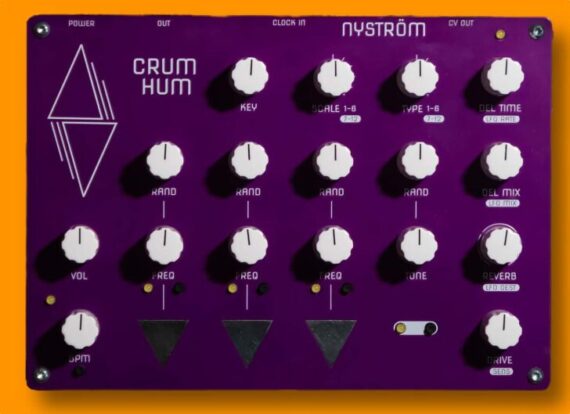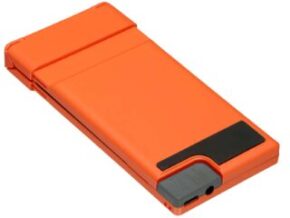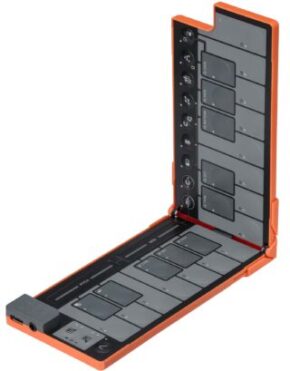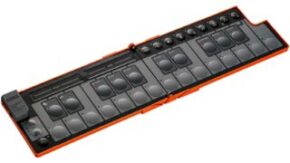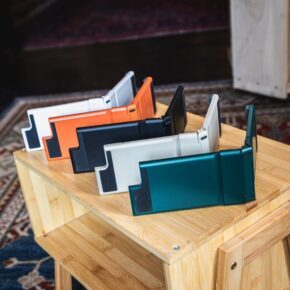Bitwig Studio 5.3 Available Now As A Beta Release – Here’s What’s New
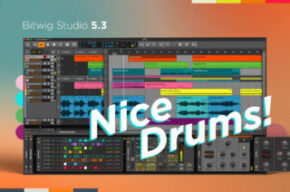
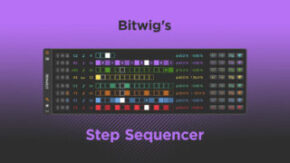
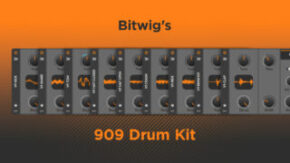
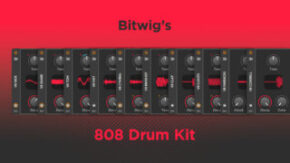
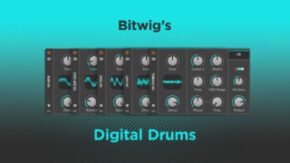
Today, Bitwig has announced a sizeable point update, adding a range of new drum instruments, a playful and creative sequencer, an all-new Master Recording section and support for Windows on ARM. There’s also a glut of speed improvements, in tandem with the swift auto-configuring of any external hardware. Nice.
Bitwig Studio adds an impressive amount of new stuff for a mere point update, and there’s rather a lot to unpack – so let’s take it one section at a time. Firstly, the headline here is those 25 new drum devices. These are organised into three distinct groups (or ‘families’).
There’s the 808-inspired set (v8) a 909-leaning collection (v9) and a lovely smattering of wonky and weird digital drum synths (v0). Bitwig say that these new instruments – though partly inspired by the legendary Roland beat behemoths – are laden with new possibilities via expanded parameters and (as with everything in Bitwig’s universe) vaster modulation options.
The v8 family
The 808-inspired v8 range consists of ten devices which include v8 Kick, v8 Snare, and v8 Tom alongside some of the characteristic percussion instruments its inspiration sported (think maracas and cowbells!). Greater colouration and edit-ability beyond the original hardware instrument’s singular tone control is granted, of course! As Bitwig state, this allows users to ‘break past the familiar’.
The v9 family
Bitwig’s spin on the 909, the v9 family spans nine devices that encompass all the instruments found on the 1983 original. These include the open and closed hats to v9 Rides, v9 Crashes and many more.
The v0 family
The v0 family is a little more tricky to get a handle on, but Bitwig say that this family collates six ‘digital mavericks’. These are grouped together as the v0 Kick, Zap Kick, Tom, Snare, Hat and Cymbal.
These reflect a more outside-the-box approach to digital drum synthesis (such as detuned oscillator banks, FM and physical models and harmonic filters). These kits can sound quite unlike anything else, basically – or they can sound incredibly tactile and acoustic. Just tweak those parameters and see where it takes you…
Stepwise Sequencer
Freshly introduced with this update is Stepwise. This is a note device that takes familiar pattern sequencing in – what Bitwig describe – ‘a playful and fun direction’. Essentially, eight rows trigger different notes, with steps set to either off, normal, or accented.
All these rows can play at 16 steps long and move forward at 16th notes. “Or not…” Bitwig say, “switch a row to follow eighth notes, or maybe triplets. Use
the global groove for some lanes, or Offset others to give a little wonk. And with independent Length for each lane, drifting patterns and polyrhythms are ready before you modulate anything.” Sounds fun – we’re looking forward to getting hands-on.
The Master Recording section
A Master Recording section has now been added to Bitwig Studio’s Transport header. This features a meter of the outgoing level and a ‘Record’ button. Essentially, this makes it possible to capture whatever is going on at that moment in time regardless of whether the project transport is playing, potentially being hugely useful for seizing on spontaneous performances and keeping them going in tandem with Bitwig’s Sampler.
Windows on ARM support
The company have now made it possible to run Bitwig Studio natively on Windows on ARM, and the most impressive aspect is that even third-party plug-ins that haven’t been recompiled for ARM can run pretty seamlessly under emulation. A massive boon for those Windows-based producers who want to have the best of all worlds
Speed improvements and other additions
Bitwig have also shared that this new version will load significantly faster, with their ‘just-in-time’ compilation of instruments and FX, meaning that everything you fire-up will be on your screen and ready to go with impressive haste.
There’s also the software’s acknowledgement of previously used audio hardware, seamlessly switching between your toolkit as and when it detects a new input (which it can now auto-configure) You can personalise this via a dedicated editor, with customisations saved for each interface.
If you thought this was already quite a lot for a simple point update, there’s also a smattering of new Grid Modules, including a new analog style Freq Shift+ and a Pitch Shift with a phase control. Crikey…
The update is currently in beta but should drop for users before the end of the year. It will be a free upgrade to all license holders with an active Upgrade Plan. If you have a Producer or Essentials license then you will generously receive the all-new v8 drum family as well as the Stepwise Sequencer. For more info visit the Bitwig site.
